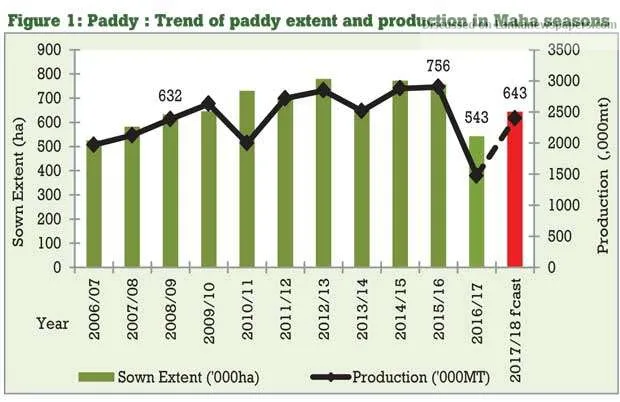Popular News

Death toll from Bolivia floods rises to 20; at least two dozen missing
2025-12-16
Politics

Tourist arrivals exceed 2.2 million this year
2025-12-16
General

Husband axed to death by wife in Valaichchenai
2025-12-16
General

Individual arrested at BIA with foreign cigarettes worth over Rs. 2.85 mln
2025-12-16
Business

All schools in Uva Province to reopen on December 29 - Secretary
2025-12-16
General



